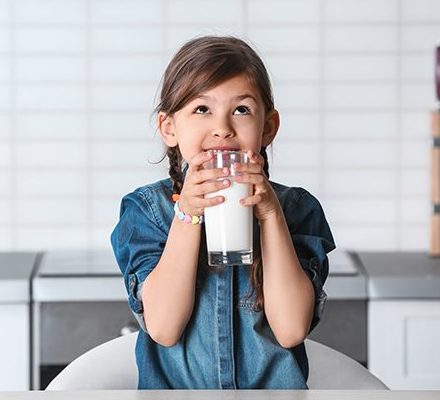
The idea that there is “pus” floating around in cow’s milk is an urban legend that continues to resurface on the Internet, as overblown and gory as ever. This is a particularly nasty urban legend perpetuated by groups such as Mercy for Animals (MFA), PeTA, the Animal Liberation Front, and others – To quote MFA: “There is pus in your milk. And the U.S. has more pus in its milk than anyplace else in the world.” Yuck! But as badly as these groups want to gross you out of drinking milk, repeating something over and over again doesn’t make it true.
NAIA focuses on improving animal wellbeing and preserving the human-animal bond. To accomplish this goal, it is necessary to provide fact-based explanations of complex, often emotionally charged animal issues, while exposing the hype and misinformation that often surrounds them. If our perception is not shaped by reality, even the best and brightest among us cannot reach sound decisions. We created Consider the Source to assist people as they seek factual information about widely misunderstood and controversial issues.

 .
.













Comments are closed here.